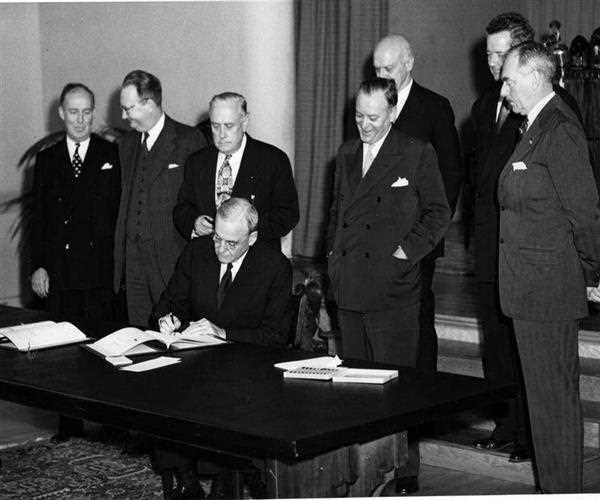John Foster Dulles
John Foster Dulles was the U.S. secretary of state (1953–59) under President Dwight D. Eisenhower. He was the one who introduced many major elements of U.S. foreign policy to the Soviet Union during the Cold War, which occurred after World War II.
Dulles, fully aware of the fact that the North Atlantic Treaty Organization (NATO)
would be productive only for the defense of the west part of Europe, excluding the Middle East, the Pacific Islands, and the Far East unprotected, was eager to fill these gaps.
He started the Manila conference in 1954, which caused the Southeast Asia Treaty Organization (SEATO) pact, which united eight nations that were either located in Southeast Asia or had interests there in a neutral defense pact.
This treaty was followed by the Baghdad Pact in 1955, and later it was renamed the Central Treaty Organization (CENTO), bringing together the so-called northern tier countries of the Middle East—Turkey, Iran, Iraq, and Pakistan—in a defense organization.

Also read: What is the treaty of Versailles?
Factors that determined Dulles' foreign policy
The three factors that determined foreign policy of Dulles' are his intense hatred towards
communism, which was partly based on his deep religious faith; his powerful personality, which often insisted on leading towards the right path rather than following public opinion; and his strong belief in the
value of treaties which he knew as an international lawyer.
He tried hard to create a United States policy of 'containing' communism. Dulles was also the first Secretary of State to be directly accessible to the media and to hold the first
Department press conferences.
Also read: Why was the treaty of Pairs important?